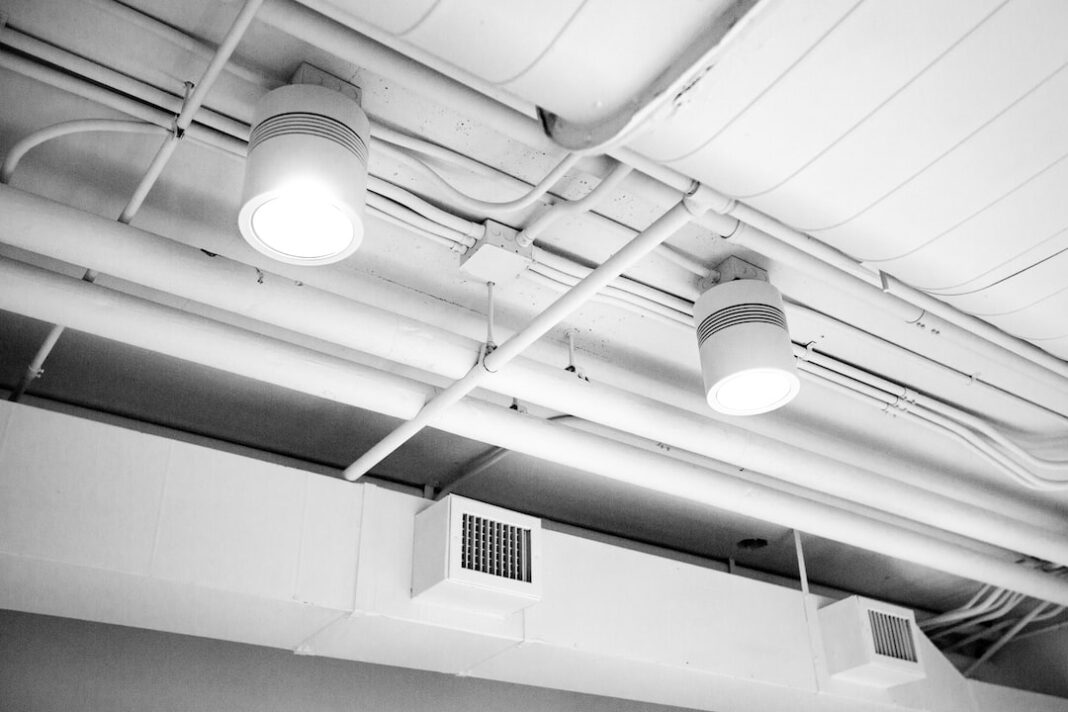UNITED STATES—Home ductwork transports air from heating, ventilation and air conditioning systems throughout your home to various rooms in need of comfort. When these ducts become blocked with excessive dust or debris build-up, energy costs may skyrocket.
Rodents and insects may gain entry to your ductwork, leading to leaks and foul smells. Furthermore, for proper functioning of a system’s operation it must be cleaned and sealed regularly in order for all areas.
Installation
Air duct systems aren’t just essential to comfort; they’re also key in saving you money. Professional installation can ensure maximum efficiency from your AC, though cost of installing ductwork depends on location, labor costs and contractor availability as well as materials costs.
Before beginning to make modifications in your walls and ceilings, it’s essential that you map out your duct network. An HVAC specialist can assist in selecting the appropriate number and size of ducts to ensure your home receives enough cooling without overstuffing its system. Also, remember that ductwork might be covered by home warranty as you can see here: https://www.cinchhomeservices.com/faq-library/-/faq/does-my-home-warranty-cover-ductwork
When using existing ducts, make sure all joints and seams are sealed tightly to prevent leaks or loose connections that lead to leakage. Use metal-backed tape or mastic gum as sealants on joints when disassembling fittings to seal joints properly; score tape with a utility knife prior to taking apart screws that hold fittings together for easier peeling away and applying new tape.
Maintenance
Your home’s ducts provide forced transport of heated or cooled air to different rooms of your house, taking in outside air while venting conditioned air out through vents. Made of either metal or fiberglass, ducts can be designed into any shape imaginable. And you never know when damage can appear. Sometimes ductwork is damaged by pests.
When your ducts need maintenance, the most obvious telltale sign will likely be noticeable temperature differences between rooms – which you can verify with a thermometer – which shouldn’t exceed 3 degrees difference. At this point, professional assistance should be sought out immediately.
To properly clean ducts, it is essential to wear protective gear such as eye protection and a dust mask. In addition, you will require a screwdriver and paper towels for wiping away dust that escapes and covering registers as well as using a vacuum with either a hose attachment or nozzle if possible; foil tape may help bridge any larger gaps if necessary.
Repair
Many homeowners need their air ducts repaired. Telltale signs include high energy bills and dust accumulation in their home. Luckily, fixing these problems doesn’t need to be expensive.
Cost-wise, home duct repairs vary based on their complexity. They could range from minor fixes to complex overhauls.
Ductwork damage can often occur during home remodeling projects or when workers access attics and crawl spaces to install plumbing or cable lines – often leading to crushed or dented ducts that require replacement.
Mold can also form in air ducts. While cleaning may suffice in mild instances of mold growth, severe cases may require replacing them to protect health and avoid future regrowth. Replacing involves more laborious work as your HVAC technician must cut into walls to get to them – as well as cutting drywall off to access them directly.






